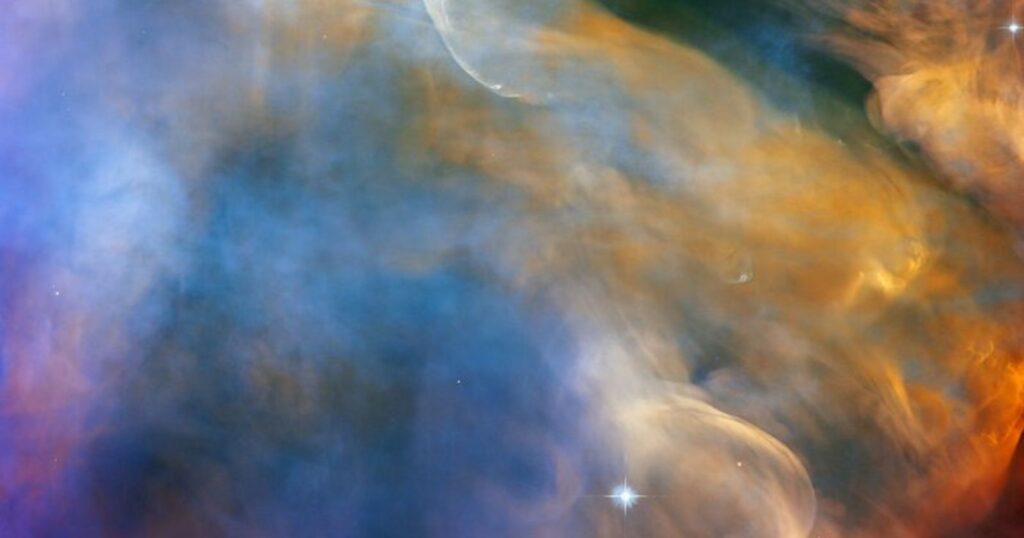
You can find the breathtaking views of the night sky in the Orion Constellation.
Orion Nebula is just a dense cloud of dust and gas found floating among stars such as Alnitak, Saif, and Rigel.
It is a cuddle of the substantial which gives the birth to the baby stars.
The fun fact is, it comes under the most studied and most photographed body in our Milky Way Galaxy.
We can even see this object with the naked eye because it is so near us and also it is large with a range of 24 light years.
The only thing that you need to do, is to look carefully at the details in the stunning zoomed photo.
This stunning Hubble photograph of the Orion Nebula appears to be wisps of finely coloured cloud performing their cloud things calmly against the velvety dark background of space. You also can notice an unusual and mind blowing cosmic phenomenon, this is activated through the baby star IX Ori.
That phenomenon is commonly known as the Herbig-Haro object, also called by the name HH 505. They need super-specific conditions for their formation.
The first and foremost thing that you require is a baby star. They emerge by the breaking and spinning of the thick cluster located in a molecular cloud like the Orion Stellar Cluster. For the growth and development of the baby star, the process of spinning and coiling of the matters around them takes place.
When the matter around gets fused with the baby star, also enormous plasma jets can be released from the star’s north and south poles. Some researchers say “some quantities of the matter deflects on the way when it spins around the star. This is all due to the external magnetic field lines to both poles i.e. north pole and south pole. Those lines of magnetic field function as a particle accelerator, causing the material to be shot at extraordinary velocities when it hits the poles.
When these particle accelerators acting as jets collide the gas present there, a Herbig-Haro entity is formed. so, in this process, it also gets shock-heating which causes it to shine brightly. This creates 2 brilliant rods that give an amazing glow of light coming from the young star.
Because these structures change quickly, scientists could use them for learning how newborn stars turn away material from the surrounding of the cloud. This shuts off the flow of dust and gas that nourishes the growing stars, determining what the size of the mature star should be?
Could this gorgeous piece of sky become more lovely?
Don’t Worry, you can find the latest images of the Celestial Cloudscape in the Orion Nebula in Hubble Telescope Official Website.
Explore:

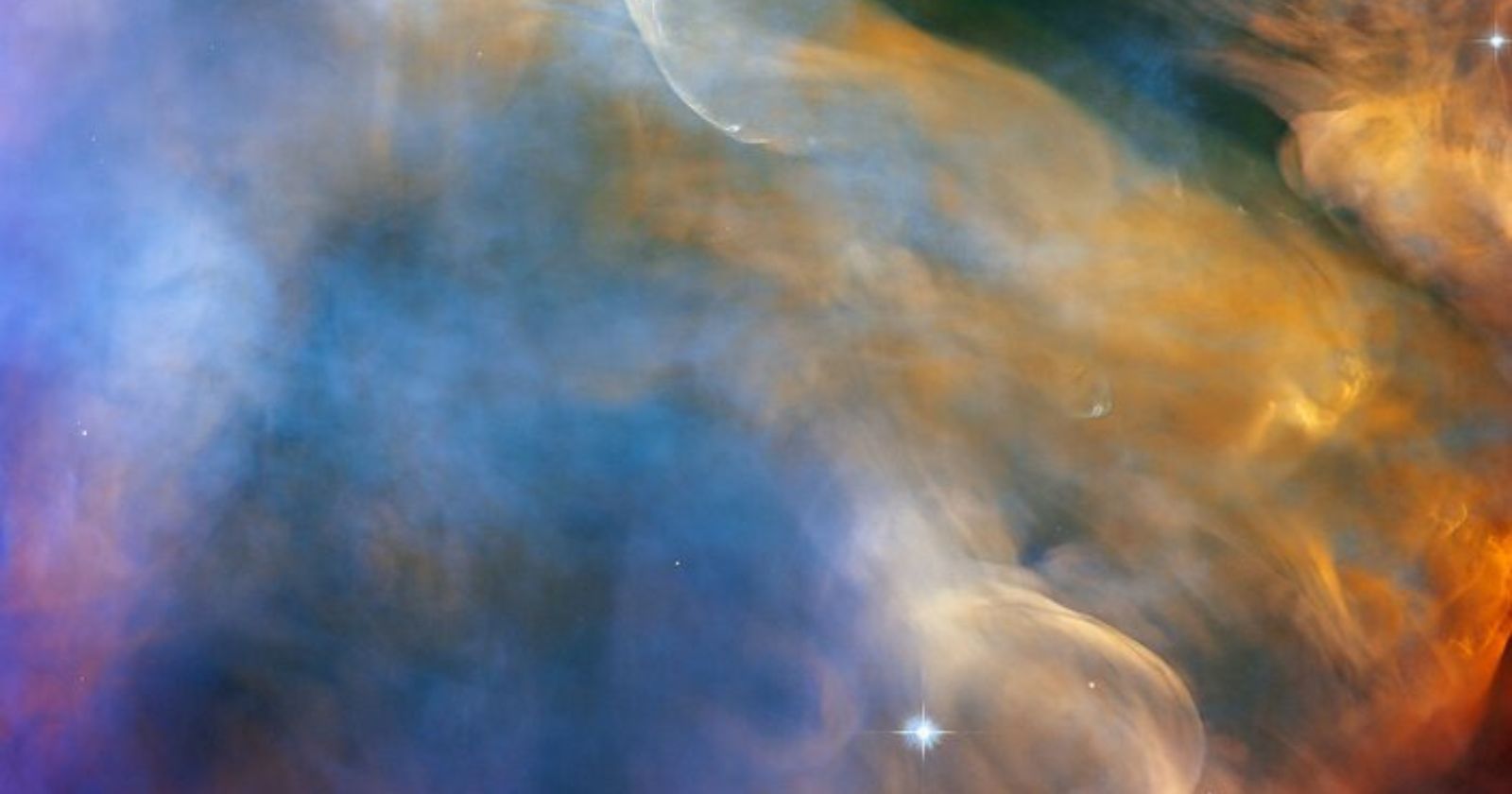
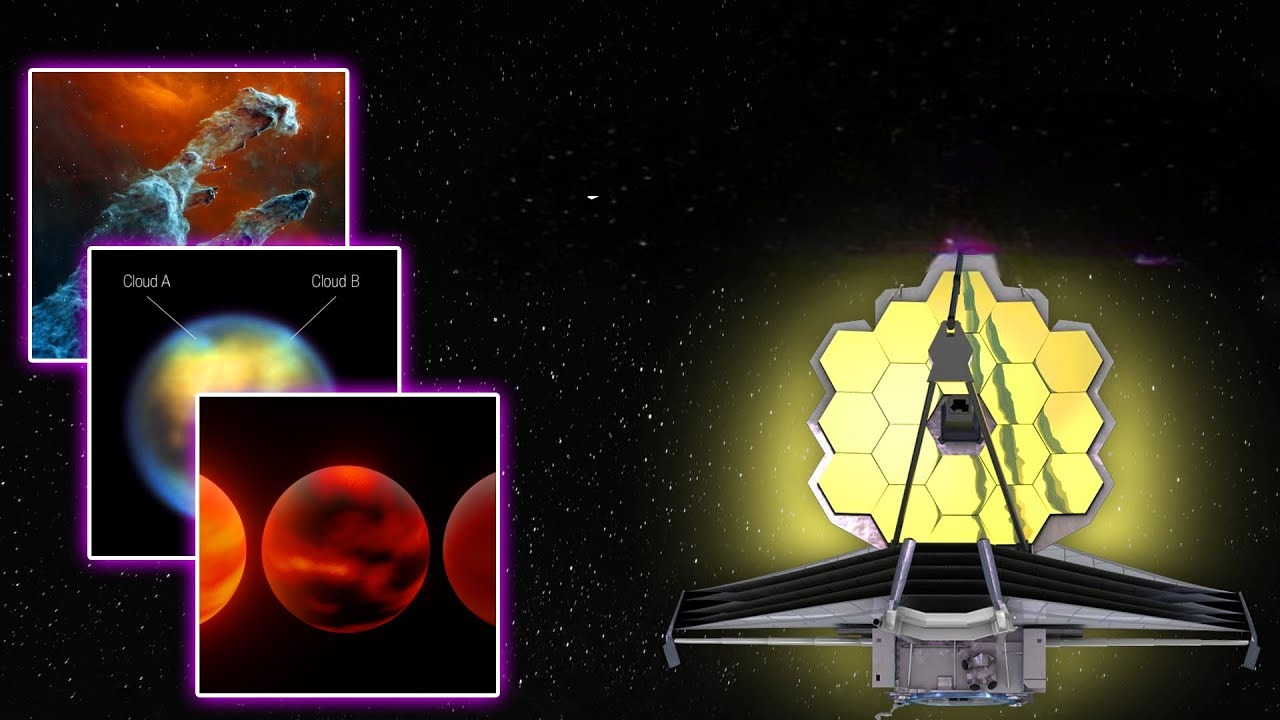

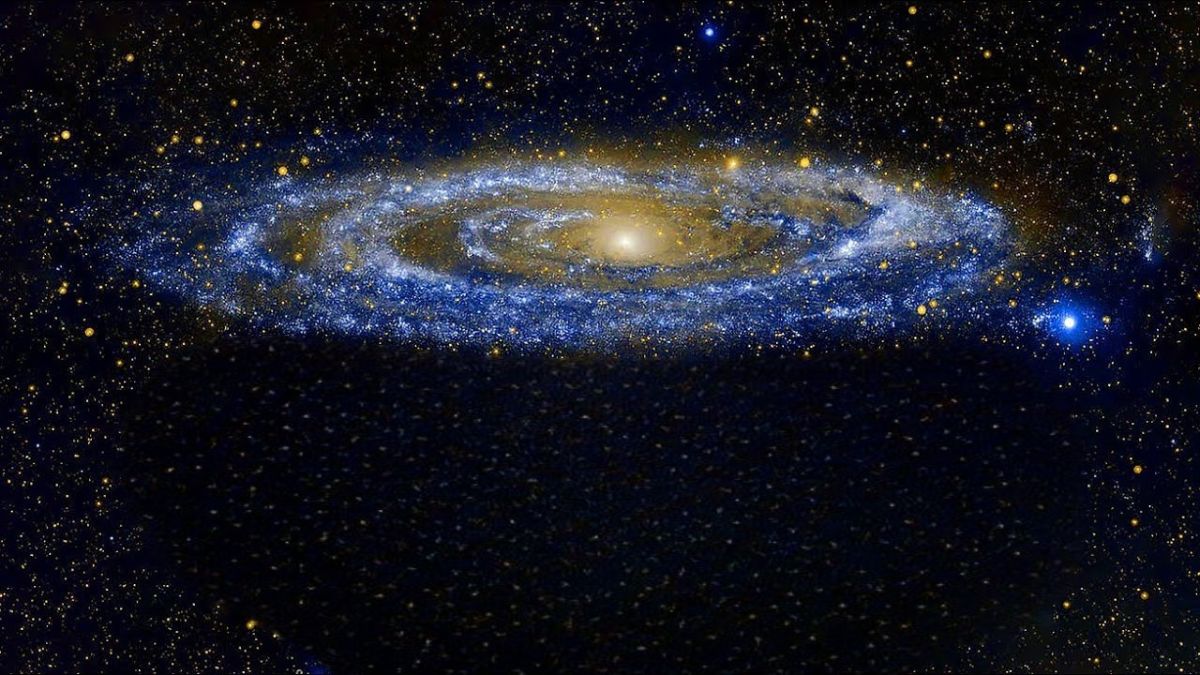
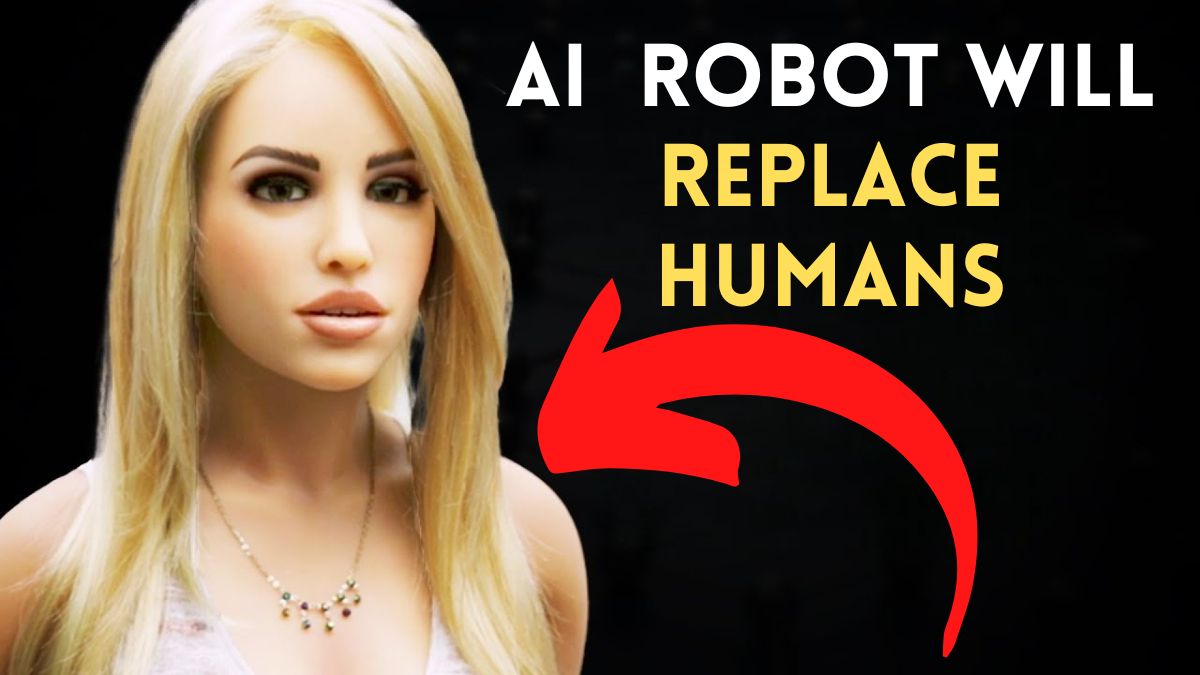
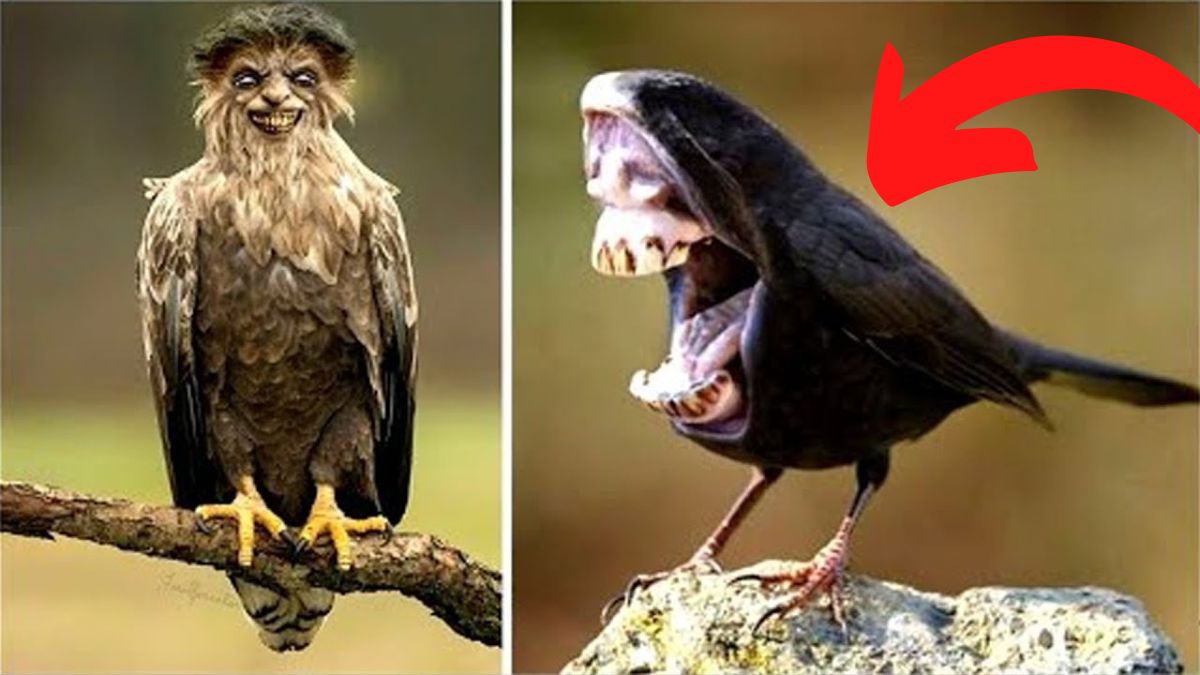
![Moon Jellyfish has [ Hidden Secrets ] You don't know moon jellyfish](https://spaceupper.com/wp-content/uploads/2022/11/1-1.jpg)